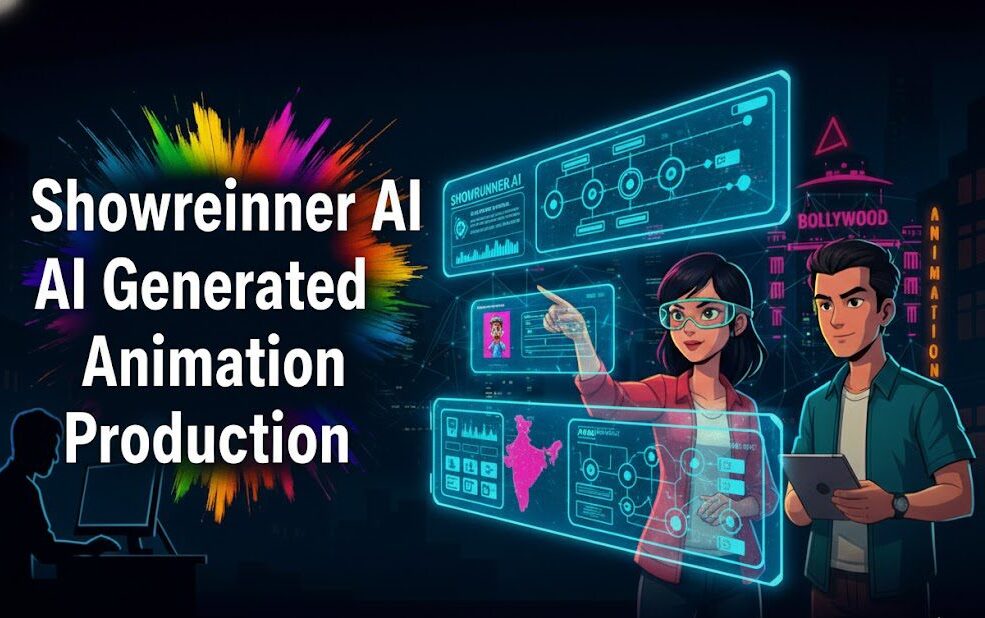Introduction
TV production monitoring plays a pivotal role in delivering high-quality television content. By overseeing multiple stages—from pre-production to live broadcasts and post-production—monitoring ensures compliance, quality, and seamless workflows. With advancements in technology, including AI-powered tools and centralized monitoring systems, the industry is undergoing rapid transformation. This article delves into essential tools, challenges, emerging trends, and how platforms like Vitrina.ai are redefining monitoring practices for broadcasters and production teams alike.
Key Tools and Technologies
Real-Time Tools and AI Integration
Real-time editing solutions enhance live productions by enabling instant adjustments to content, audio, and visuals. AI tools further simplify workflows by automating highlight assemblies and quality checks.
Broadcast Reference Monitors:
Essential for ensuring color accuracy and signal integrity, these monitors are widely used in live and recorded productions.
Compliance Logging Systems:
Critical for regulatory adherence, these systems capture and store production data for review and quality checks.
Challenges in TV Production Monitoring
Managing multiple audio and video sources:
In live broadcasts, operators handle a myriad of sources, making advanced monitoring tools indispensable.
Technological Adaptation:
As technology evolves, staying updated with tools and ensuring compatibility remains a significant challenge.
Decentralized Workflows:
Modern production environments increasingly rely on remote teams and decentralized workflows, adding complexity to monitoring processes.
The Role of AI and Emerging Trends
AI in TV Production Monitoring:
AI enhances monitoring processes by automating error detection, personalizing content, and improving workflow efficiency.
Emerging Trends:
- Centralized Monitoring: Enables broadcasters to manage multiple channels through unified platforms.
- Sustainability Practices: Focused on reducing production costs and environmental impacts.
Future Outlook:
By 2025, AI-powered monitoring systems are expected to dominate, offering real-time analytics and adaptive content solutions.
Solutions and Best Practices
Best Practices:
- Synchronize audio and video using advanced real-time tools.
- Implement compliance logging systems to adhere to broadcasting regulations.
- Adopt sustainable workflows to align with industry trends.
Case Studies and Real-World Applications
Success Stories:
Automated monitoring systems have streamlined workflows for broadcasters. For instance, AI-powered tools have reduced errors in live sports broadcasts by over 30%.
How Vitrina.ai Enhances TV Production Monitoring
Streamlining Monitoring Practices:
Vitrina.ai offers advanced monitoring and analytics tools, enabling broadcasters to manage decentralized workflows effectively. Its solutions include compliance logging and real-time data insights tailored to the entertainment industry.
Case Studies:
Leading networks leverage Vitrina.ai to optimize workflows, reduce downtime, and enhance monitoring accuracy.
Conclusion
Effective TV production monitoring is indispensable for maintaining quality, compliance, and efficiency. By adopting the latest tools, addressing challenges, and leveraging platforms like Vitrina.ai, broadcasters can stay ahead in an ever-evolving industry.
Frequently Asked Questions
TV production monitoring involves supervising workflows, ensuring compliance, and maintaining quality across all production stages.
Common tools include real-time editing software, compliance logging systems, and broadcast reference monitors.
Vitrina.ai provides tools for project tracking, compliance management, and analytics but does not handle budget tracking.
Key challenges include managing multiple sources, ensuring compliance, and adapting to decentralized workflows.
AI-powered tools, centralized monitoring systems, and sustainable workflows are expected to dominate.


































